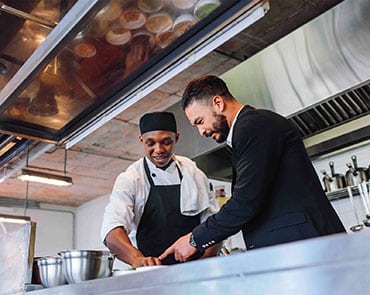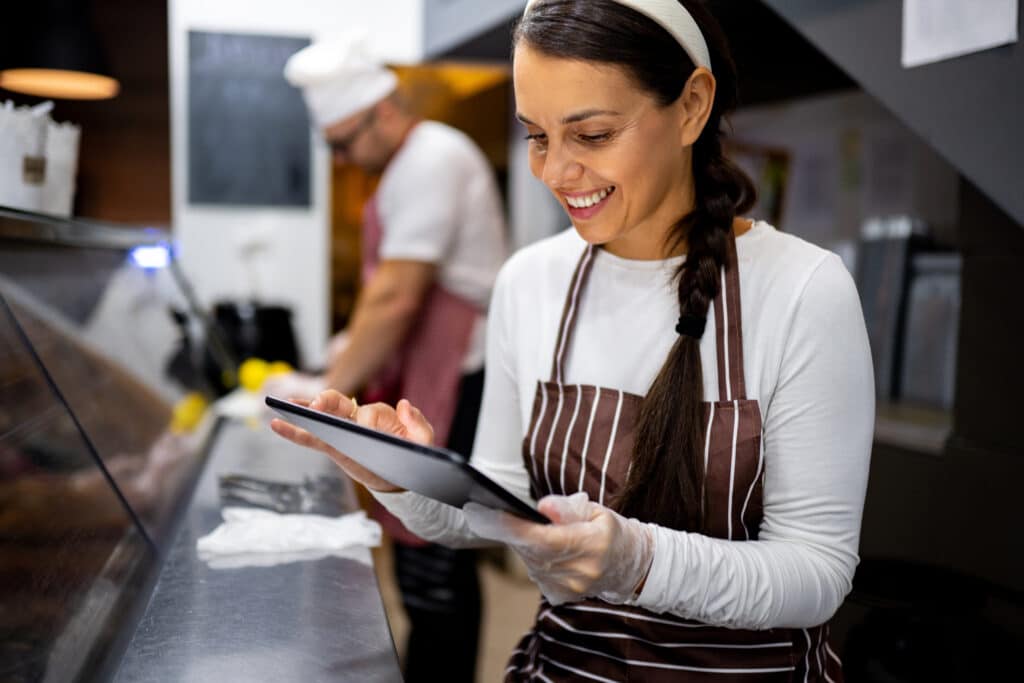Menu engineering requires considering not only what a menu looks like, but the psychology behind how items are presented, priced, and ordered. Designing your restaurant menu needs to take into account factors like the number of menu pages, placement of items on the menu, and whether or not to use dollar signs in menu pricing. This blog post will focus on other principals informed by your restaurant data – using menu item profitability and popularity data to drive decision making with the objective of increasing profitability.
For more great tips check out other blogs in this menu engineering series:
- Master Menu Engineering: How To Make Your Menu A Money-Making Machine
- Learn how to reduce your food cost percentage
- Learn how to calculate food cost percentage
What is Menu Engineering?
Think of menu engineering as part of your restaurant advertising. Menu engineering is about maximizing profitability by promoting your most profitable menu items and encouraging customers to buy what you want them to buy.
Menu engineering focuses on two main elements: demand and margin contribution. Sales mix polling, brought in from your POS system, combined with recipes, built out with costing, integrates critical data about quantities sold compared to item margin. Menu engineering helps you determine whether menu items are overpriced or underpriced, whether you need to revise recipe portions or ingredients, and monitors menu performance. It allows you to make informed decisions about popularity versus profitability.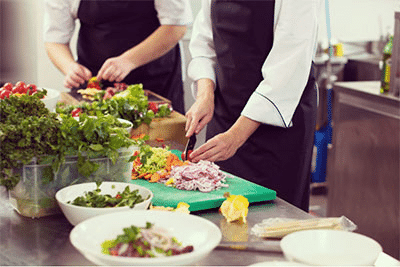
Automating this process allows you to easily visualize popularity vs. profitability and gives you an accurate picture of each menu item’s margin contribution and sales success. Based on this data, you can seize menu opportunities, for example, promoting menu items that are high in margins, but low in sales. Applying these metrics to dashboards provides insights into menu opportunities, helping you determine what items to add or remove from your menu, what price increases and decreases are necessary, and where items should be placed on your menus. These dashboards provide an easy way to see detailed sales analysis and even to track individual server performance – an invaluable tool when training servers to suggestively sell highly profitable menu items.
Menu Costing
The first step in the menu engineering process is menu costing, which refers to breaking down every item on your menu to its individual ingredients and determining exactly how much it costs to create each menu item. You must cost your menu to the penny because the menu engineering process depends heavily on the profitability level of each menu item.
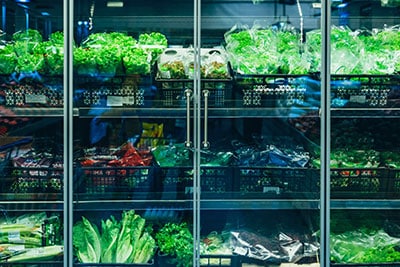 If you do this process manually, start by listing all ingredients used in a specific menu item. Be sure to include items such as spices and cooking oil. Then calculate the cost of each ingredient in a specific dish based on the cost of the individual food items used to prepare it. For example, if one egg costs $.17 and you use three eggs in your avocado and mushroom omelet, the egg cost for the omelet dish is $.51. Repeat that step with the mushroom, avocado, seasonings, cooking oil, etc. to calculate the total costs of ingredients. Add the cost of purchasing those items (only the food cost percentage related to the food items in the omelet dish) to the cost of ingredients to arrive at the food cost for the avocado and mushroom omelet. Do not include labor costs in your menu item calculation.
If you do this process manually, start by listing all ingredients used in a specific menu item. Be sure to include items such as spices and cooking oil. Then calculate the cost of each ingredient in a specific dish based on the cost of the individual food items used to prepare it. For example, if one egg costs $.17 and you use three eggs in your avocado and mushroom omelet, the egg cost for the omelet dish is $.51. Repeat that step with the mushroom, avocado, seasonings, cooking oil, etc. to calculate the total costs of ingredients. Add the cost of purchasing those items (only the food cost percentage related to the food items in the omelet dish) to the cost of ingredients to arrive at the food cost for the avocado and mushroom omelet. Do not include labor costs in your menu item calculation.
Beyond tracking usage, you must track yield from each food item to get an accurate cost on recipes. It’s especially important to track yield on food items used in multiple recipes. You need to know how much yield you got from each avocado, for example, and how much of that yield you used in your guacamole, your avocado and mushroom omelet, and your grilled chicken and avocado salad to determine the total cost of each of those three recipes. For example, if one avocado costs $.60 cents and each one yields five ounces, the avocado costs $.12 per ounce. If you use 2.5 ounces in your avocado and mushroom omelet, four ounces in your chicken and avocado salad, and 12 ounces in your guacamole, your costs for avocado per menu item are $.30, $.48 and $1.44, respectively.
While many restaurants do menu costing manually, manual menu costing is error prone because it’s difficult to maintain accuracy and consistency, especially if different people are involved in the process.
Ideally, you’re automating your menu costing. Either your POS system calculates food cost and profit for specific menu items within the system, or the data is pulled into your restaurant accounting software and inventory management system, which does the calculations for you. Your system should track usage and yield from each food item to get an accurate cost on recipes. Tracking your recipes’ food costs automatically also optimizes food item usage and reduces waste.
Update your recipe costing (the ingredient cost portion) every time there are price changes in food items from suppliers. If you’re using a restaurant-specific accounting and operations system that incorporates inventory management and menu engineering as part of the platform, the system automatically updates your recipe costing as food item costs change.
Measuring Menu Popularity vs. Menu Profitability
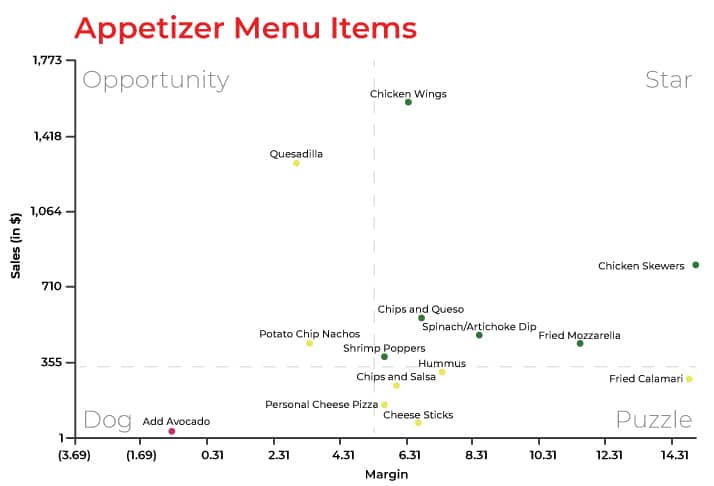 Once you’ve determined an item’s cost and price, evaluate a menu item’s profitability based on the contribution margin. The contribution margin is the menu price minus the cost. (Your restaurant management software automatically calculates the contribution margin.) Menu engineering then focuses on maximizing the average contribution margin of each guest’s order.
Once you’ve determined an item’s cost and price, evaluate a menu item’s profitability based on the contribution margin. The contribution margin is the menu price minus the cost. (Your restaurant management software automatically calculates the contribution margin.) Menu engineering then focuses on maximizing the average contribution margin of each guest’s order.
Measuring popularity is easiest if you plot your menu items on a menu engineering matrix as seen to the right. (The Y axis shows the item’s popularity and the X axis shows the item’s profitability.) If you have advanced restaurant management software, the matrix is created automatically as part of the menu engineering process. Whether you create the matrix manually or your system does it for you, it will help you visualize profitability vs. popularity of your menu items, by placing them into four categories.
- Stars: popular and profitable
- Opportunities: popular, but unprofitable
- Puzzle: profitable, but unpopular
- Dog: unpopular and unprofitable
Making Data-driven Menu Decisions
Now that you’ve identified your profit drivers and your poor-performing menu items, it’s time to use this information to increase profits. Using restaurant-specific accounting and operations software facilitates the decision-making process, but if you’re trying menu engineering on your own, here are some general guidelines:
Stars
You’ll want to not only keep these popular and profitable items but feature them prominently on your menu. Maintain the exact specifications of the item and do not change the quality of the product to increase its profitability because you might also decrease its popularity. However, you can test increasing profitability by raising the price slightly. Also have servers suggest these star items. Train them on suggestive selling to increase customer demand for these popular and profitable menu items.
Opportunities
If a menu item is popular but not profitable, you want to increase the contribution margin without reducing its popularity. This requires careful and gradual price increases. If the item is popular because of its high value, it may still be perceived by customers as a good value after a slight price increase. Also consider reducing the cost of the accompaniments or decreasing the portion size to increase the contribution margin.
Puzzles
Items that are profitable, but not popular with customers are often a puzzle. Because of the high margin contribution, you want to sell these items, but your challenge is encouraging customers to buy them. You can create demand for these items by repositioning them on the menu or training servers to suggestively sell them. You might also consider decreasing the price slightly to increase the popularity of these menu items, while maintaining their profitability.
Dogs
Menu items that are not popular or profitable are obvious candidates for the chopping block. Exceptions might be items that provide opportunities to use leftovers and also have low labor costs associated with their preparation. Then you’ll most likely want to keep these items on the menu. Otherwise, 86 these dogs.
Conclusion
As a restaurant owner/operator you need to make calculated decisions about whether to keep or remove dishes; whether to raise or lower a menu item’s price, change portion sizes or ingredients; and how to identify profitable items to increase sales of those dishes.
With menu engineering, you immediately identify “dead weight” on your menu and learn how the profit contribution of each menu item affects your bottom line. You also discover how to eliminate across-the-board price increases while learning how to strategically increase prices with little or no customer resistance.
Menu engineering will not only help you understand the profit contribution for each of your menu items, it also provides you with an invaluable tool for analyzing your restaurant’s product mix and how it affects your profitability.
If you’d like to learn more about how to automate the menu engineering process, visit the Restaurant365 website. Restaurant365 incorporates restaurant accounting software and restaurant operations software into an all-in-one, cloud-based platform that includes menu engineering and inventory management as part of the solution.
For more tips on running a profitable restaurant business, read our blog post, Restaurant Technology: Insights for Growth.
